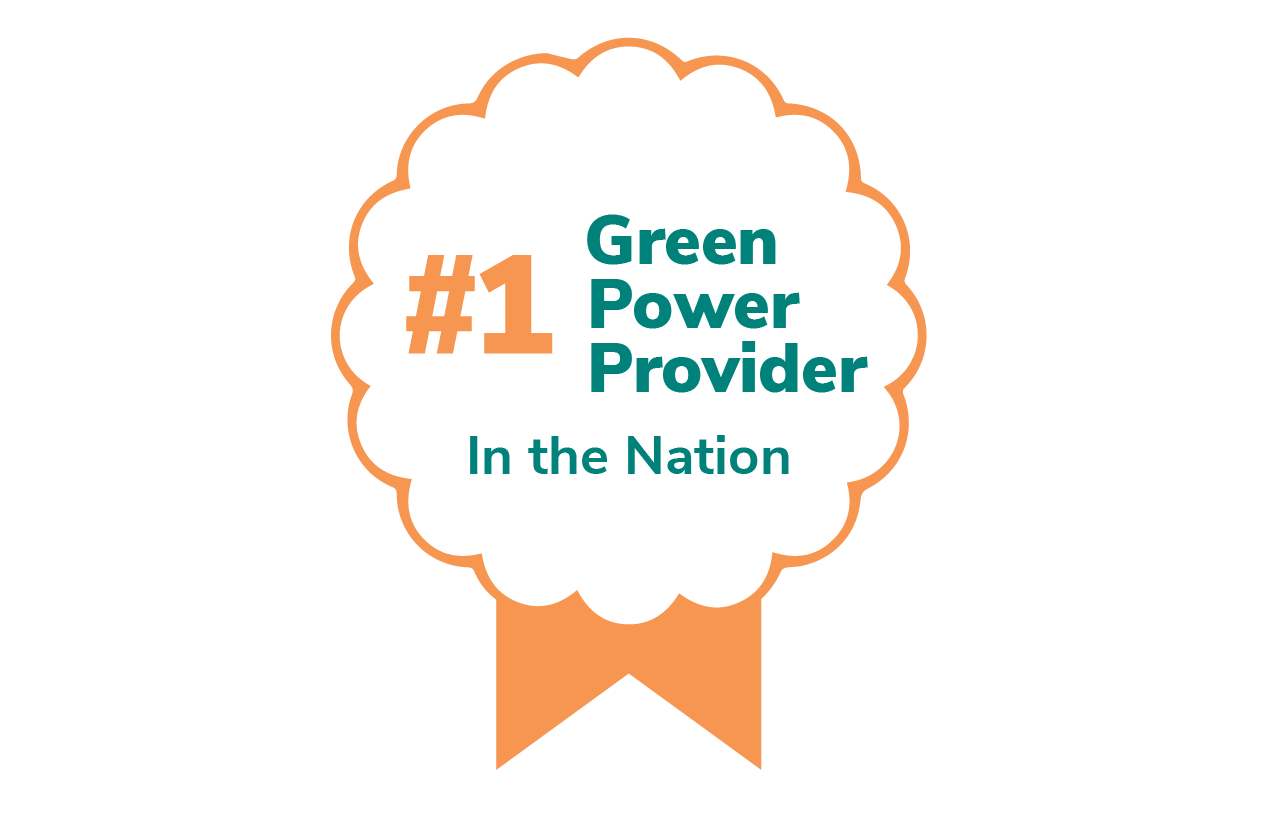


The need to engage electricity customers to help manage grid reliability is a popular idea that at the same time is met with unspoken ridicule. Outside of dire emergencies, relying on people to take moment-by-moment actions to share in the management of our critical power resources is skeptically viewed as a fool’s errand. We are a “set-it-and-forget-it” society; only energy nerds, doubters say, will respond instantaneously to price signals and other data streams that guide actions to conserve energy and save money.
Even while ratepayers fund dozens of programs at the state level, and both public and private entities make multimillion dollar bets that they can deliver savings from different types of customers, California regulators are ambivalent. They approve funding for these programs, but when it comes to creating the regulatory framework governing electricity reliability, a deep distrust that these programs work takes over.
My response to this skepticism always begins with water. Californians have shown that they are willing and able to be co-managers of the state’s water system. During the 2016 drought, we took collective action to reduce our water use by 25% through a variety of measures. The 6% reduction in the most recent drought wasn’t as impressive but still significant, especially since we started from a lower baseline (much of the 2016 reductions were through permanent measures such as turf removal).
If we can do it with water, we can do it with electricity. This simple argument opens skeptical minds to the possibility of co-management. Imagine if we could reduce electricity demand by 6, 10 or 20 percent in one year?
But lately I’ve been wondering: Are these types of collective actions actually similar? Is the societal participation that we’ve come to expect and rely on with water translatable to the electricity system? I believe so, but as we engage with our customers, we must be clear about the differences as well.
Resource co-management in both water and electricity is enabled by both infrastructure improvements and behavioral modifications. Automatic irrigation controllers or programmable thermostats are still only effective when the customer who programs them makes the active choice to sign up for a utility program or follow the latest outdoor watering rules.
But as Clean Power Alliance develops customer programs to support shared participation in resource conservation, some of the differences between water and electricity management become apparent.
Water moves slowly and usage can be managed on a weekly or even seasonal basis to great effect. However, electricity management is a real-time endeavor requiring 24-hour vigilance. Since most people are unlikely to be on-guard at all times, this suggests that effective consumer electricity management is going to weigh more heavily on hard-wired automation technology than softer behavioral actions.
Another related difference is that water waste is often publicly visible while (with exception of leaving the lights on) electricity misuse is often invisible. Peer pressure is less likely to provide immediate benefits and sometimes has to be communicated through customer outreach campaigns that compare your energy usage to that of your neighbors. Again, this argues for the effectiveness of automation in the electricity space.
Another factor is the economic incentives of the two industries. In the United States, most water supply is publicly owned, while most electricity is generated and delivered by the private sector. Electricity companies that earn a profit from increasing generation and/or transmission capacity have less of an incentive to invest in co-management with their customers. Water agencies, though financed by the volume of water sales, don’t make money through infrastructure investments and must rely more on consumer actions.
Interestingly, all these signs pointing to more reliance on automation in the electricity sector compared to the water sector isn’t showing up – yet – in CPA customer behavior. Sign-up velocity for our recently launched Power Response Home program, which pays customers without automated devices to save electricity, is much higher than our Power Response Smart Home program, which relies on activating conservation through automated technology. It will be interesting to see the kind of energy savings per customer we get as the two programs mature along with their cost-effectiveness.
A final similarity actually obscures the difference between water and electricity. Consumer investments in overall water use reduction or hour-by-hour modification of electricity demand have an economic payback for the customer over the long term. As electricity is more expensive, so are the investments necessary to achieve long-term payback. A home battery energy storage system is an investment of greater magnitude than a low-flow showerhead. These high costs have implications not only for overall adoption, but also for the equitable distribution of benefits.
We can’t shy away from the fact that the economics of electricity investments at the customer level are challenging. And we must recognize that customer decision-making and actions are important for advancing shared management of our resources. If we recognize the differences and design around them, what we are doing with water can be done with electricity too.
